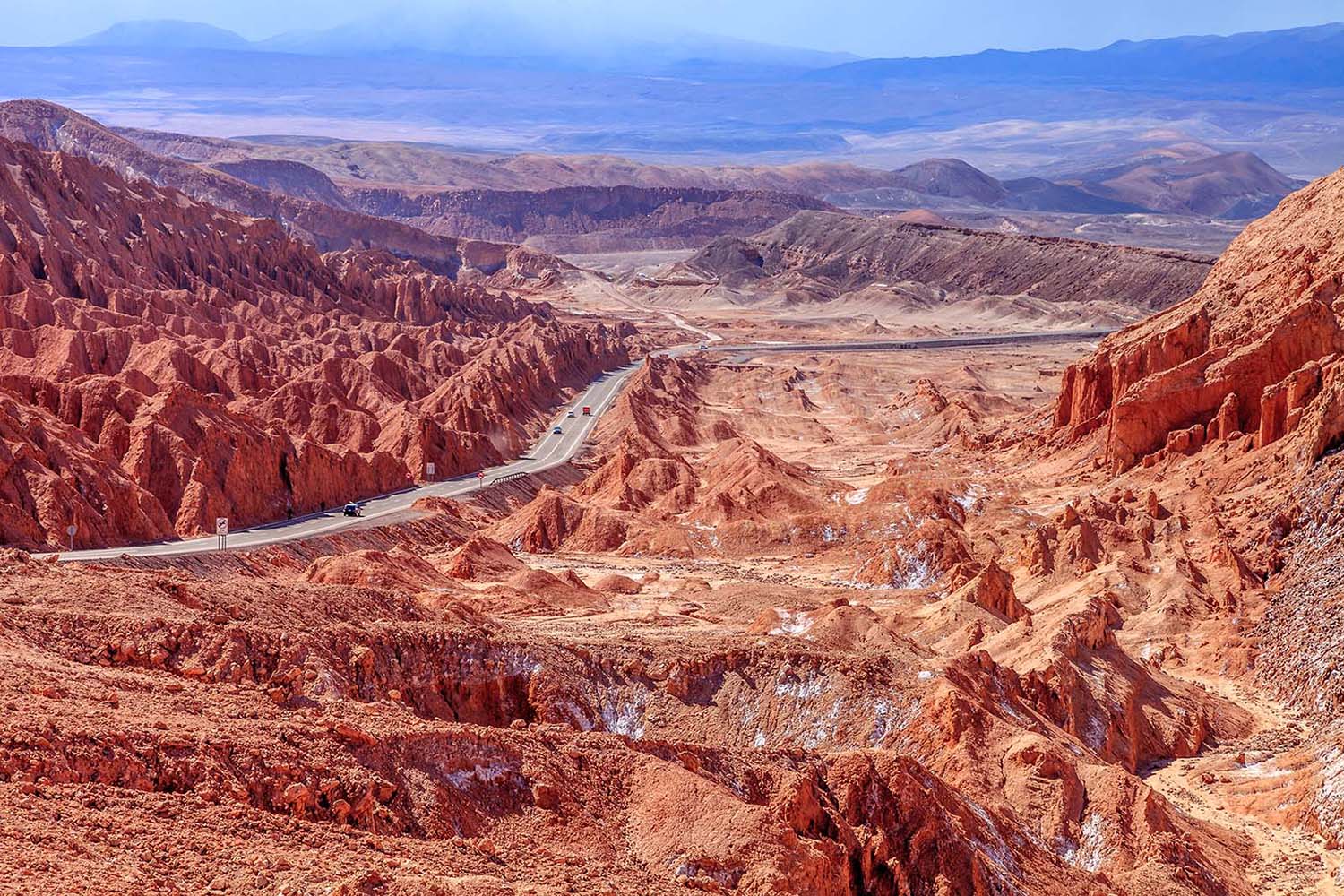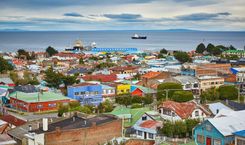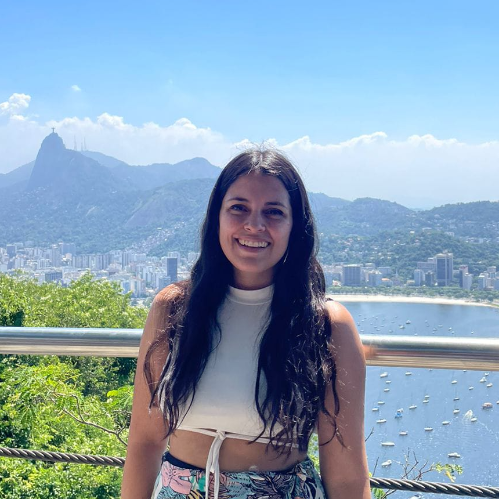15. Maipo Canyon trails: Cajón del Maipo
About an hour southeast of Santiago, Maipo Canyon (Cajón del Maipo) is a reliable go-to for getting out into the Andes without needing a big trip. It’s the kind of place you can reach on a day trip but still feel like you’ve properly stepped into the mountains. The area follows the
Maipo River and branches off into all kinds of terrain—glacial valleys, rocky peaks, mineral springs, and even hot springs—depending on where you go.
One of the better-known hikes here is the El Morado Natural Monument trail. It’s about 5 miles (8 kilometers) each way and takes you past mineral springs, through glacier-fed valleys, and ends at a lagoon below the San Francisco Glacier.
If you’re interested in wildlife, the Mirador de Cóndores trail gives you a decent chance of seeing Andean condors riding the thermals above the canyon.
For something more intense, the Cerro Unión trail climbs high into the range and gives you sweeping views of the central Andes—definitely not a beginner route. If you’re just looking for something gentle or you're hiking with kids, the short interpretive paths near Cascada de las Ánimas are a nice option too.
How to get to Maipo Canyon trails
From Santiago, you can take the Metro to Las Mercedes station and catch a local bus heading toward Cajón del Maipo. These usually run to San José de Maipo, the main town in the area, and the ride takes about 1 hour. From there, you’ll need to hop on a second bus or grab a taxi to get closer to individual trailheads. For more inpsiration see our favorite day trips from Santiago.
If you're heading to El Morado, keep going until you reach the village of Baños Morales, where the hike starts. There’s parking near most trailheads, and signage is decent. That said, if you want to see a few different parts of the canyon or move at your own pace, renting a car is a lot more convenient.
When to visit Maipo Canyon trails
Best hiking conditions run from October to April, when most trails are clear of snow and the weather is more stable. December through March are the warmest months and a good window for tackling higher-elevation hikes like El Morado, which is usually closed in winter.
Ready to plan your trip? See our sample two weeks Chile itinerary for more inspiration.




















